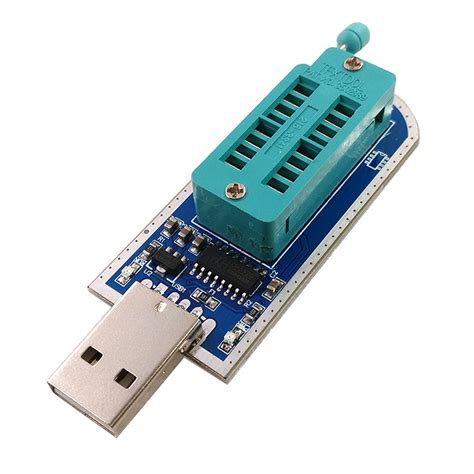web编程是什么意思
Title: Understanding Web Server Programming
Web server programming is a foundational skill for anyone interested in web development. Whether you're building a simple personal website or a complex web application, understanding how web servers work and how to program them is essential. In this guide, we'll explore the key concepts of web server programming and provide guidance on how to get started.
Introduction to Web Servers:
A web server is a software application that serves web pages to clients over the internet. When a user requests a web page by entering a URL into their browser, the browser sends a request to the web server hosting that page. The web server then processes the request and returns the requested web page to the client's browser, which renders it for the user to view.
Types of Web Servers:
There are several popular web servers available, including:
1.
Apache HTTP Server:
One of the oldest and most widely used web servers. It's known for its stability, robustness, and extensive feature set.2.
Nginx:
A lightweight, highperformance web server and reverse proxy server. It's commonly used for serving static content and as a load balancer.3.
Microsoft Internet Information Services (IIS):
A web server created by Microsoft for use with the Windows operating system. It's commonly used for hosting ASP.NET applications.4.
Node.js:
While not a traditional web server like Apache or Nginx, Node.js allows developers to create web servers using JavaScript. It's known for its eventdriven, nonblocking I/O model, making it suitable for realtime applications.Web Server Programming Languages:
Web servers can be programmed using a variety of languages, including:
1.
PHP:
A serverside scripting language commonly used for web development. PHP is often used with Apache or Nginx to create dynamic web pages.2.
Python:
With frameworks like Django or Flask, Python is used for developing web applications and APIs. Python's simplicity and readability make it a popular choice for web development.3.
Ruby:
Ruby on Rails is a popular web application framework that allows developers to build web applications quickly and efficiently.
4.
JavaScript:
With the advent of Node.js, JavaScript can now be used for both clientside and serverside development. Node.js allows developers to build scalable network applications using JavaScript.Basic Concepts of Web Server Programming:
1.
HTTP Protocol:
Hypertext Transfer Protocol (HTTP) is the foundation of web communication. Understanding HTTP methods (GET, POST, PUT, DELETE) and status codes (200, 404, 500) is essential for web server programming.2.
Routing:
Routing is the process of mapping URLs to specific resources or actions in your web application. Most web frameworks provide routing mechanisms to define URL patterns and associated handlers.3.
Request Handling:
Web servers receive incoming HTTP requests and route them to the appropriate handler based on the request URL and method. Request handling involves parsing incoming requests, processing them, and generating appropriate responses.4.
Response Generation:
Once a request has been processed, the web server generates an HTTP response containing the requested content. This may involve querying a database, rendering a template, or generating dynamic content.Best Practices for Web Server Programming:
1.
Security:
Implement security best practices to protect your web server from common vulnerabilities such as SQL injection, crosssite scripting (XSS), and crosssite request forgery (CSRF).2.
Performance Optimization:
Optimize your web server's performance by minimizing response times, reducing resource usage, and implementing caching mechanisms where appropriate.3.
Scalability:
Design your web server to handle increasing loads by employing techniques like load balancing, horizontal scaling, and asynchronous processing.4.
Error Handling:
Implement robust error handling mechanisms to gracefully handle errors and prevent potential security vulnerabilities or data loss.Getting Started with Web Server Programming:
1.
Choose a Web Server:
Select a web server that best fits your requirements and familiarity with the technology stack.2.
Select a Programming Language:
Choose a programming language and framework that aligns with your project goals and expertise.3.
Learn the Basics:
Familiarize yourself with the basics of web server programming, including HTTP protocol, routing, request handling, and response generation.4.
Build a Simple Application:
Start by building a simple web application to practice your skills and gain handson experience.5.
Explore Advanced Topics:
Once you're comfortable with the basics, explore advanced topics such as security, performance optimization, and scalability.Conclusion:
Web server programming is a fundamental skill for web developers, enabling them to create dynamic, interactive web applications. By understanding the key concepts of web server programming and following best practices, developers can build secure, scalable, and efficient web applications that meet the needs of their users.
Remember to continually explore new technologies and best practices to stay current in this rapidly evolving field. With dedication and practice, you can become proficient in web server programming and build amazing web experiences for users around the world. Happy coding!
版权声明
本文仅代表作者观点,不代表百度立场。
本文系作者授权百度百家发表,未经许可,不得转载。











